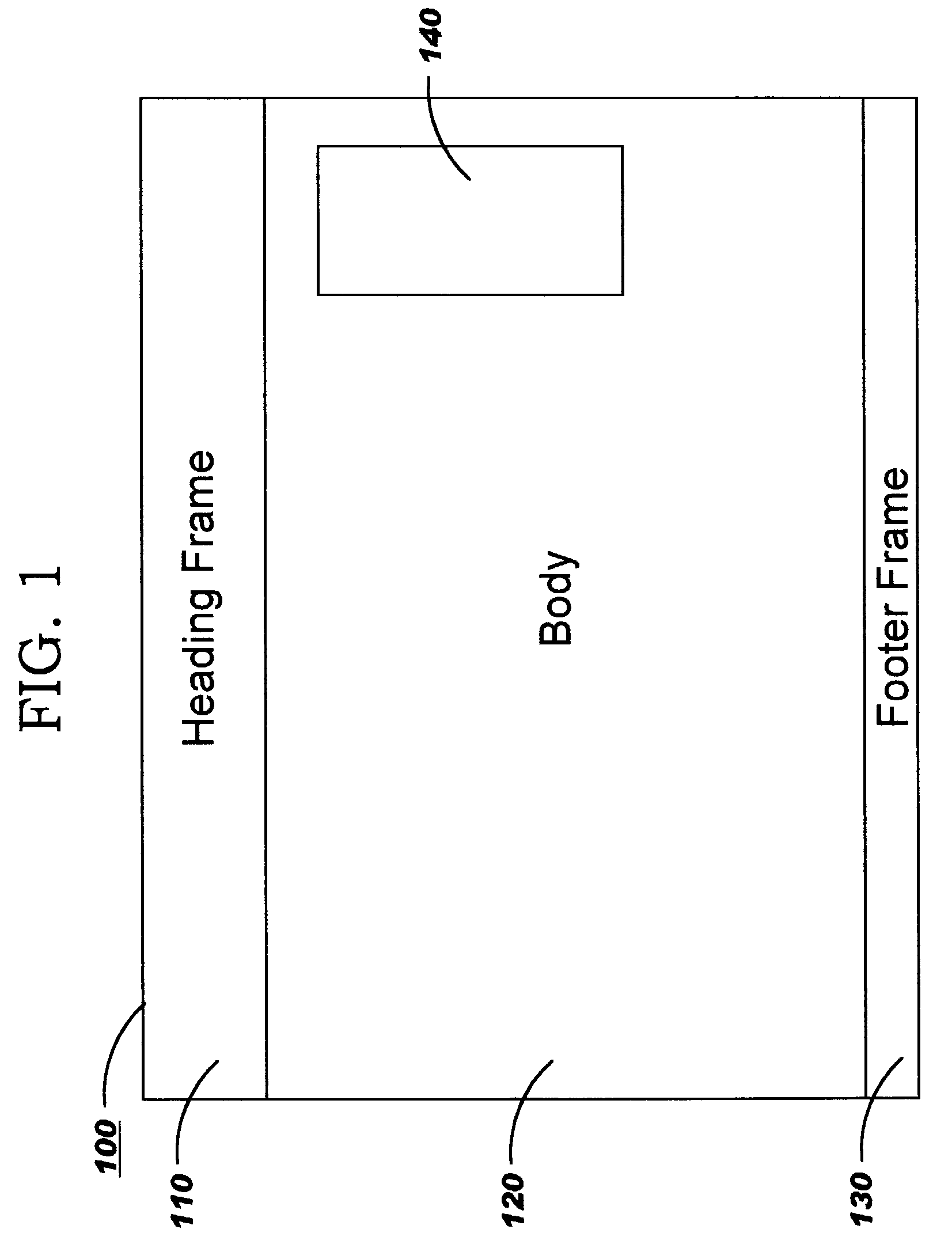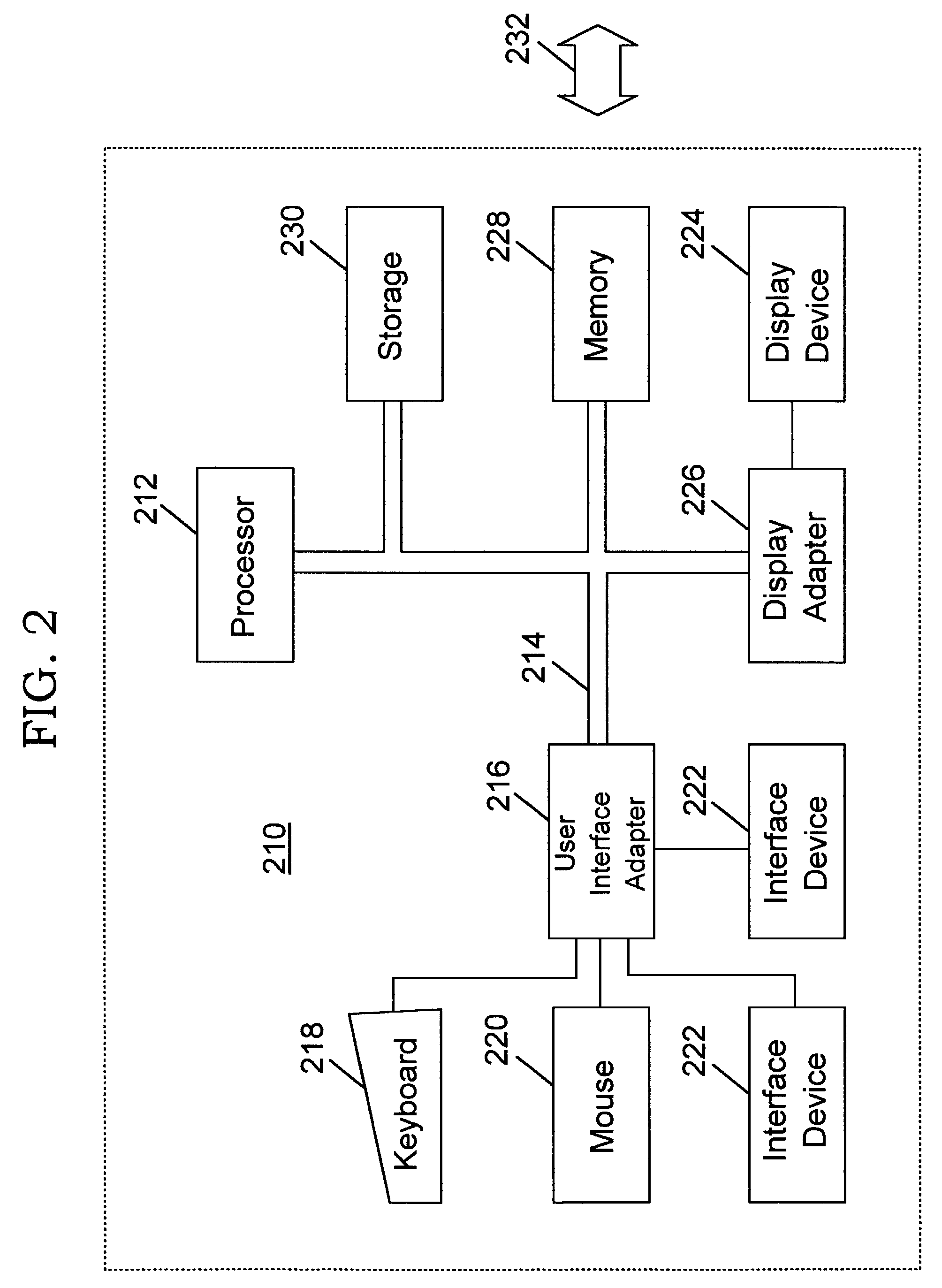Dynamically updating rendered content
a dynamic update and content technology, applied in the field of computer software, can solve the problems of generating a large amount of unnecessary network traffic, and the inability to use an applet in this way,
- Summary
- Abstract
- Description
- Claims
- Application Information
AI Technical Summary
Benefits of technology
Problems solved by technology
Method used
Image
Examples
Embodiment Construction
[0039]FIG. 2 illustrates a representative computer hardware environment in which the present invention may be practiced. For example, on the client side of a network connection, techniques of preferred embodiments may operate in a representative single user computer workstation 210, such as a personal computer, which typically includes a number of related peripheral devices. The workstation 210 includes a microprocessor 212 and a bus 214 employed to connect and enable communication between the microprocessor 212 and the components of the workstation 210 in accordance with known techniques. The workstation 210 typically includes a user interface adapter 216, which connects the microprocessor 212 via the bus 214 to one or more interface devices, such as a keyboard 218, mouse 220, and / or other interface devices 222, which can be any user interface device, such as a touch sensitive screen, digitized entry pad, etc. The bus 214 also connects a display device 224, such as an LCD screen or...
PUM
 Login to View More
Login to View More Abstract
Description
Claims
Application Information
 Login to View More
Login to View More - R&D
- Intellectual Property
- Life Sciences
- Materials
- Tech Scout
- Unparalleled Data Quality
- Higher Quality Content
- 60% Fewer Hallucinations
Browse by: Latest US Patents, China's latest patents, Technical Efficacy Thesaurus, Application Domain, Technology Topic, Popular Technical Reports.
© 2025 PatSnap. All rights reserved.Legal|Privacy policy|Modern Slavery Act Transparency Statement|Sitemap|About US| Contact US: help@patsnap.com



